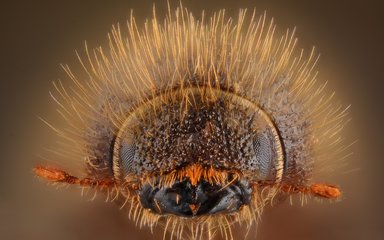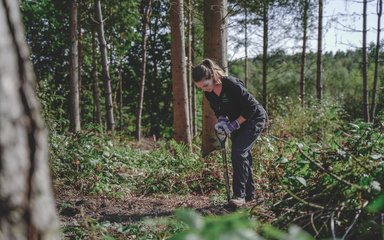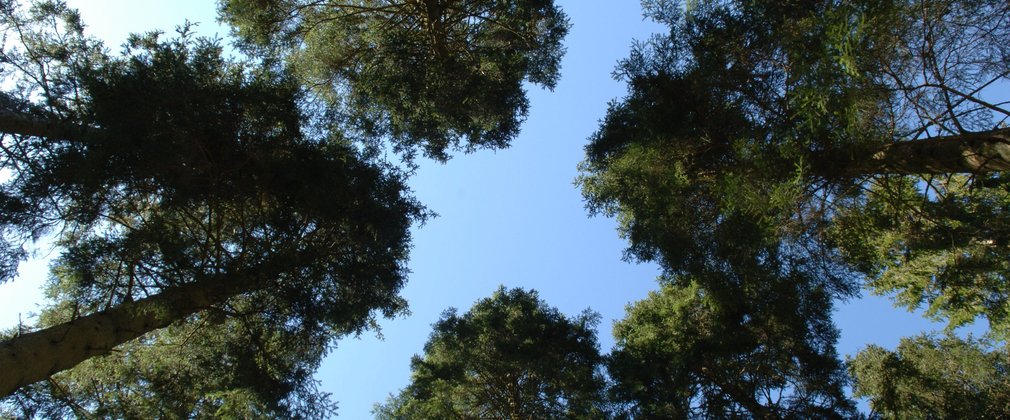How we’re protecting West Harting Down
This year, we are undertaking a large-scale felling in West Harting Down to remove all the Norway spruce trees that are under threat of attack by the destructive eight-toothed spruce bark beetle (Ips typographus). The removal of so many Norway spruce trees is very unwelcome, but a necessary job that is vital to help prevent the spread of the beetle and create a break in the canopy cover to protect healthy trees.
The felling work started on 29 September we aim to finished by January/February 2026, depending on the weather and ground conditions. The work will be carried out as safely and as quickly as possible in order to keep disruption at a minimum. We would like to thank people for their understanding and apologise for any inconvenience this vital work may cause whilst it’s undertaken.

The history of the eight-toothed spruce bark beetle
The first outbreak of this beetle in England was in Kent in 2018 and evidence suggests it was likely that the beetle arrived through natural dispersal (blow over) from the continent where it is endemic. Beetles have been caught in pheromone traps coinciding with high temperatures and southerly winds which appear to be blowing them across the channel.
All outbreak sites are subject to swift and robust eradication action in line with our Ips typographus contingency plan. By taking action when we find the beetles we can help to manage it and reduce its impact. The beetle is mainly a secondary pest, preferring stressed or weakened trees. However, under the right environmental conditions, not yet seen in the UK, beetle numbers can increase enough to result in attacks on healthy trees.
Woodland owners and managers are advised to continue checking the health of spruce trees on their land, identifying stressed, fallen, and snapped trees and take action to remove them and any surrounding susceptible material. More information can be found by watching the following video: Ips typographus: beat the beetle
Growing the future of the woodland
We are planning to replant the site in early 2026 with a more diverse range of tree species, to make the woodland less vulnerable to destruction by pests and diseases in the future. With the support of our corporate partners and additional funding from Defra, we will be planting 125,000 young trees at West Harting Down to restore the current conifer plantation to native woodland.
Once the site is re-planted, over time, we particularly hope this work will result in the expansion of habitat for dormouse, which has informed our species selection for its replanting. Our wildlife experts and ecologists also expect butterflies and turtledoves to repopulate the area once there is a more diverse species mix planted, including Duke of Burgundy Butterfly, purple emperor and Striped Lychnis moth.
If you have any questions relating to the works you can contact: southern.enquiries@forestryengland.uk


